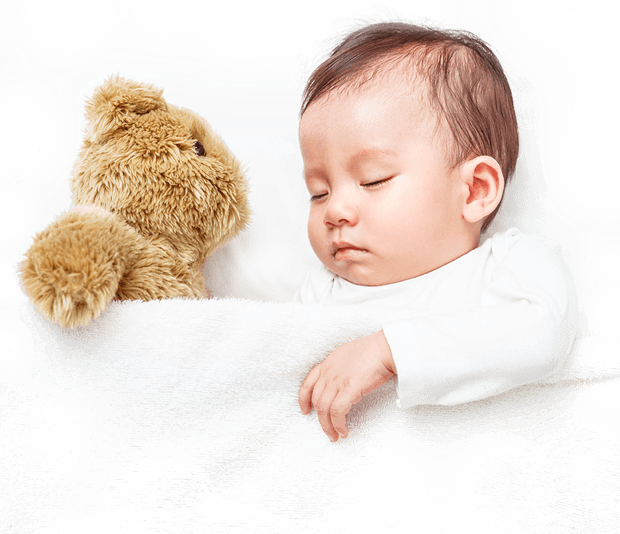Before my last bundle of joy arrived, I spoke with my husband about soothers and whether or not we should use one at all this time. As a Certified Lactation Counselor, I know that introducing a soother reduces statistically the longevity of successful nursing, which I struggled so much with on round one. It’s also the first prop I tell parents to eliminate from a baby when they wake 16 times in the evening to have to “just quickly pop it back in”…which never works!
A lot of parents who use soothers feel a twinge of guilt the first time they stick a pacifier in their baby’s mouth. However, dealing with a screaming infant in the grocery line or on a long car trip will make most parents try just about anything they can think of to calm the child down!
The truth is, it often works. Babies are born with the instinct to suck. They have limited means of expressing what they want and can’t let you know if they’re hungry, thirsty or in pain. Sucking soothes them and brings them comfort, which is why a baby will suck on just about anything you put in its mouth, whether it’s a bottle, breast, finger or toy.
But at a certain age, kids are more than capable of learning to self-soothe, and pacifier dependence can cause long-term problems. Many experts agree that soother use up until about age one is okay. Anything past ages two and there are some worrying issues.
Here are some reasons you should consider ditching the soother once your child hits toddlerhood:
Sleeping: Soothers interfere with the consolidation of nighttime sleep. If your toddler uses one to fall asleep, she will most likely wake in the night and then not be able to get back to sleep until she can find it. Even if the child isn’t bothering you to help, there are still times when it’s causing a full wake-up for retrieval. Brief wake-ups are common in the night when a child is soother dependent it can often lead to fragmented sleep, which can make for a tired and cranky toddler the next day.
Dental problems: Pediatric dentists recommend eliminating soother use completely by age four, and limiting it by age two. Once your child loses his baby teeth, his adult teeth can be permanently affected by sucking on a soother. Overbites and cross-bites can occur, which lead to problems with chewing, speech, and appearance.
Ear infections: Studies are now linking pacifier use with recurring ear infections. In fact, children who use soothers regularly are up to three times more likely to develop ear infections.
Speech: Around the age of one, kids enter into their speech development phase. This means they will start trying on sounds and words and will often babble to themselves and others while they learn this new skill. If they constantly have a soother in their mouths, they might be less likely to practice talking.
Also, constant soother use can make it harder for a child’s tongue and lip muscles to develop normally, according to Patricia Hamaguchi, a speech-language pathologist and author of Childhood, Speech, Language, and Listening Problems: What Every Parent Should Know.
So how do you convince your child to give up the soother?
Some kids will start to phase it out themselves as they develop other coping skills around the age of two. But some won’t give it up without a fight!
Over a three-day period, you can start to wean your child off the soother by telling him he can only use it in the house. Whenever you go outside the house, tell him it stays behind until you come back. Next tell him he can only have it during a period of time during the day. So for example, only for 30 min during his/her TV time. Tell him that on the third day, it will be time to say goodbye to the soother for good, and then make sure you stick to the plan.
Another good option is to take all of the soothers in the house and collect them – every last one of them hiding under the couch, tucked in the car seat, sandwiched on the side of the crib… GET THEM ALL! Then use a sticker chart and a prize box. Go to a local dollar store and get some cute prizes. Tell them each day they go without the soother they get a sticker to place on the chart in the morning and before bed. Then on day 5 – they get a ‘big boy’ or ‘big girl’ prize and you have removed the soother, spent $5 bucks and the soothers are gone.
Be prepared for a few tantrums and tears, but don’t give in. I have found that parents are often far more worried about the idea of taking it away, than the actual reality of it. Most children are over it within a day or two.


